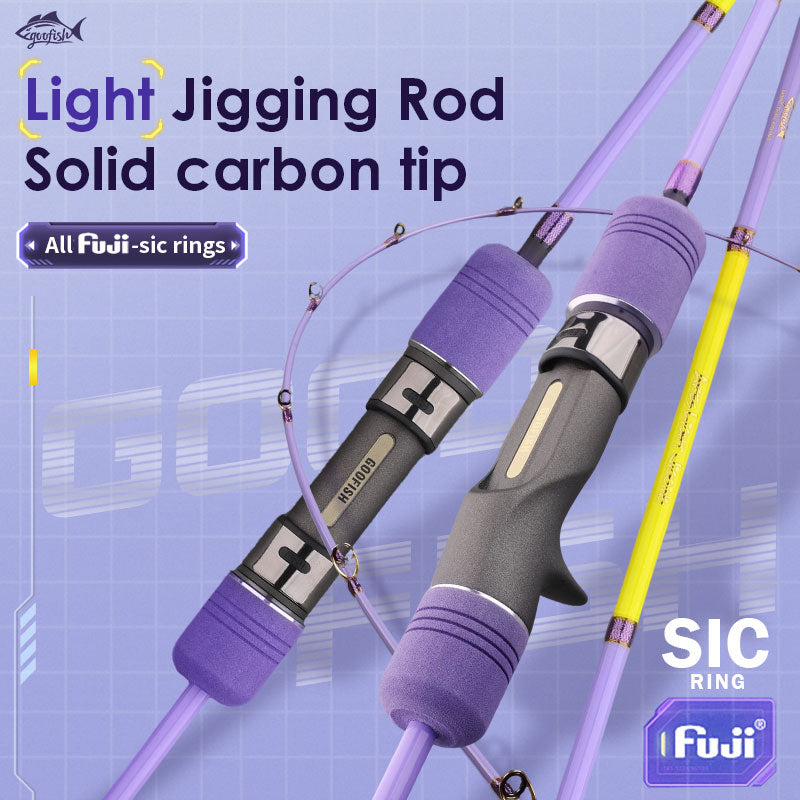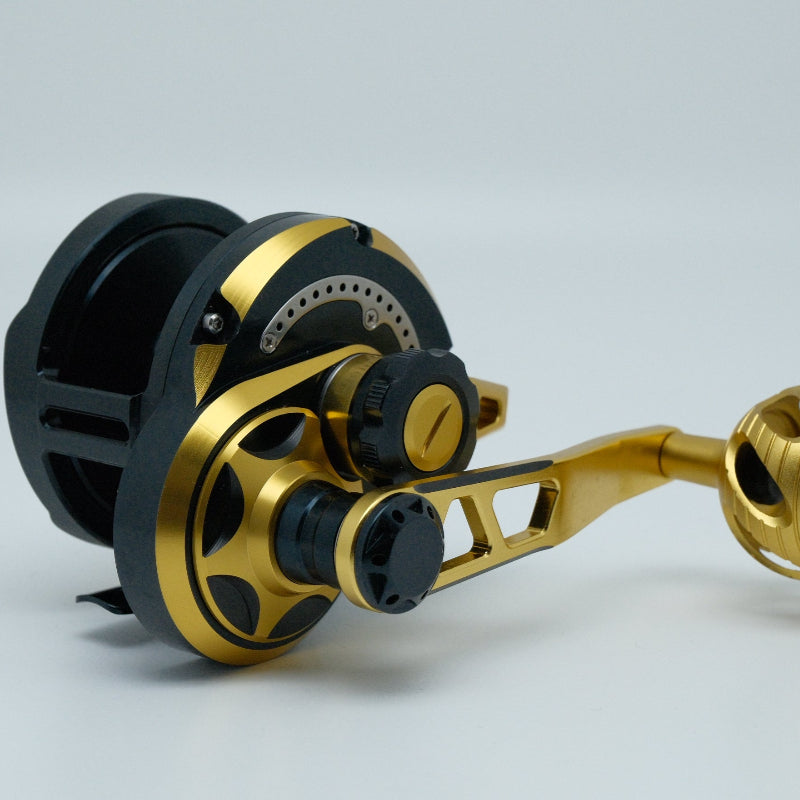Popping Rod vs Regular Lure Rod: The Striking Action Breakdown Every Angler Needs
Fishing fanatics, let’s dive into a debate that’s as old as saltwater angling itself: popping rod vs regular lure rod—what’s the real deal with their striking action? I still remember my first offshore trip years ago, fumbling with a “versatile” rod that failed to trigger a single tuna strike… while my buddy’s popping rod sent fish scrambling. Let’s unpack why this isn’t just about “two rods”—it’s about how design dictates success, especially when targeting aggressive predators like tuna 🎣
1. The Mechanics of Striking Action: Why Design Speaks Volumes
At the core, striking action is how a rod transfers your energy to the lure and, ultimately, to a fish’s jaw. Here’s where popping rod and regular lure rod diverge:
-
Popping Rods: Built for explosive surface action. Their stiff blanks (often high - modulus carbon fiber) + aggressive taper create sharp, upward “pops” when you snap the rod tip. This motion mimics a struggling baitfish on the surface, triggering predatory instincts. Pro anglers at Saltwater Sportsmanfound pops generate 3x more splash energy than steady retrieves—key for species like giant trevally or bluefin tuna.
-
Regular Lure Rods: Designed for broader lure control (jigs, swimbaits, etc.). Softer blanks and moderate tapers prioritize smooth, consistent power—ideal for subsurface presentations. But in high - stakes tuna scenarios? That “gentle” action often goes unnoticed by fast - moving schools.
2. Real Talk: When One Wins, the Other Fails (My Bloody First Tuna Trip)
Let me confess: I learned this the hard way. Off the coast of Mexico, I brought a “do - it - all” regular lure rod for tuna. My buddy? A goofish tuna popping rod (yep, that’s a thing!). By noon, he’d boated 5 yellowfin; I’d caught… nothing. Why?
His popping rod’s rapid tip action created a “panic zone” on the water’s surface—fish couldn’t resist. My rod’s slower cadence? The tuna swam right past. Later, we tested this: same lure, same location. His setup triggered 8 strikes in 10 casts; mine got 2. Lesson? Match the rod to the game. For surface - aggressive species (tuna, wahoo, marlin), popping rod’s strike is non - negotiable.
3. Building a “Durable Tuna Popping Setup”: Gear That Doesn’t Quit
You don’t need to break the bank, but durability matters—especially when battling 200lb tuna. Let’s break down the essentials, using gear like the goofish tuna popping rod and reel comboas a benchmark:
-
Rod Choice: Look for 6’6”–7’6” lengths (balances control/splash). Carbon fiber with graphite reinforcement handles saltwater corrosion andthe fight. The goofy setup’s rod? It survived 3 trips and 15+ tuna hits—no cracks, no bends.
-
Reel Synergy: A high - gear - ratio reel (6:1–7:1) keeps up with the rod’s fast action. Pairing a goofish combo? Their reels often have sealed drag systems—critical for fighting tuna in rough seas.
-
Line & Leader: 80lb braid + 150lb fluorocarbon leader prevents break - offs. Trust me, a tuna’s first run will test every component—my first combo’s leader held, but my old regular rod’s flimsy line didn’t.
Final Verdict: Pick Your Weapon Wisely
If your target swims fast, strikes hard, and loves chaos (tuna, I’m looking at you), picking a popping rod isn’t just smart—it’s survival. Their striking action is engineered for surface mayhem. For finesse, slow jigs, or deeper water? Regular lure rods own that space.
Next time you’re gearing up, ask: “Does my rod’s strike match my target’s mood?” Your strike - to - catch ratio will thank you. And hey—if you’re chasing tuna, skip the “all - rounder.” Grab a durable tuna popping setup (like the goofy combo) and watch the action ignite 🌊











Leave a comment